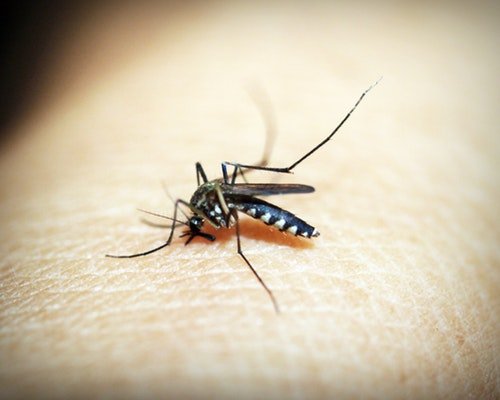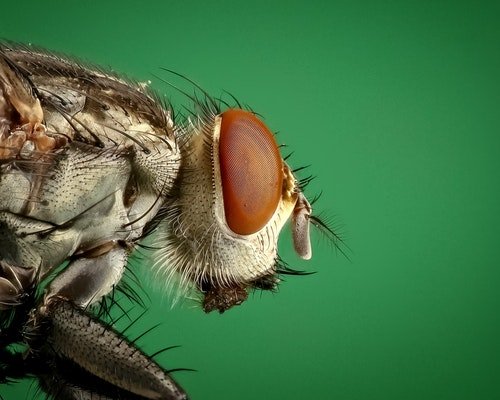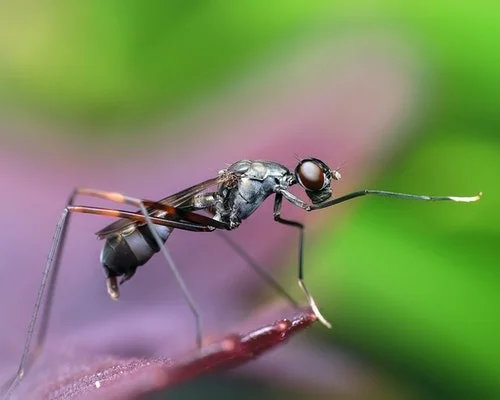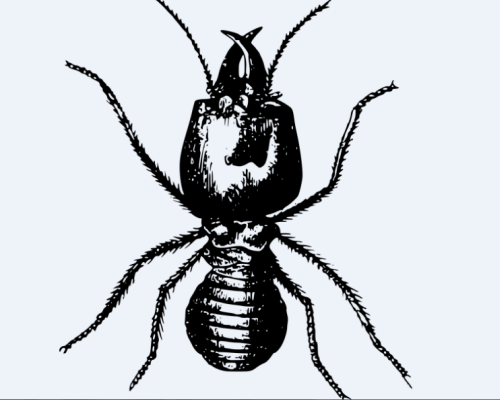Far too many people take an “out of sight, out of mind” approach when it comes to pests.
Be honest here — do you think about potential pests in your home or only when you hear your neighbor screaming about a mouse in the garage or a hornet’s nest appears on your door?
Pests can cause, and carry, many different health risks when inside your home, regardless of whether or not you notice them. Risks vary from allergies to infections, to dangerous bites.
Knowing what potential dangers common household pests bring will give you a better idea of how to prevent and protect yourself and your family.
Here we talk about pests and how they affect your health. To help ensure your home is a healthy one, we’re going to lay out the most common hazards:
Allergies
Most rodent and insect species have the ability to cause major allergies and even agitate asthma.
Actual contact is not necessary to onset allergic reaction, just the mere presence of the pests in the walls will be enough to do some damage.
- Mice leave droppings and dander that cause allergies. You can inhale aerosolized particles, which trigger an immune response and related allergies.
- Cockroaches also leave droppings; however, their saliva, and even decayed cadavers, can trigger allergies.
Cockroach infestations can have long-term effects, even after extermination, since decaying cockroaches in walls still produce allergens if not properly cleared out.
- Dust mites absorb water from your home’s air. The resulting dryness and dust mite debris in a house can cause major allergic reactions.
- Termites cause allergies by spreading dust in the air in your home. It’s possible to suffer from asthma attacks or sever allergies. Ventilation systems ensure this dust gets spread even further.
Infection
Rodents and insects carry many germs thanks to the long periods of time they typically spend in contaminated areas like pipes and sewers. As they move around your home they are spreading the various germs they’ve picked up during their “travels”.
While we don’t have to worry about the plague nowadays, rodents still carry many harmful bacteria. Airborne particles from mice transmit Hantavirus.
Rodents also carry salmonella, which can contaminate food, cookware, and kitchen surfaces.
Cockroaches pick up salmonella and E. coli bacteria as they climb around garbage.
Ticks and fleas carry a number of diseases, including Lyme disease and different types of viruses that cause fevers (depending on your location).
Bites and Stings
These pose an immediate danger because bites/stings from rodents and insects can carry disease or cause a serious allergic reaction.
Bed bugs, which normally nestle between sheets, can leave painful red bites. If found in your home, this bug problem needs to be addressed immediately.
Bees, hornets, and wasps can lead to allergic reaction or worse if they attack in swarms. Finally, depending on the species, spiders can also lead to painful and potentially dangerous bites.
Now that you know what to look out for, you can start making the best plans to keep these pests out of your home. If you haven’t had an inspection or you think you may have a pest problem, like termites, we can help!
EIG can help diagnose a termite issue (and other wood destroying insects). Book your inspection today!
We Can Help




